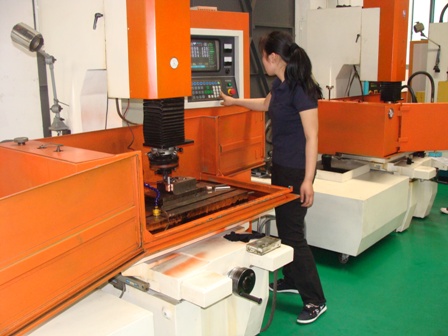Mold Making
Mold making is a manufacturing process that involves creating a hollow container, or mold, to shape materials such as plastic, metal, ceramic, or glass. Molds are essential tools in various industries, including automotive, packaging, construction, and toy production, enabling the mass production of consistent, high-quality components.
What Is a Mold?
A mold is a rigid or flexible cavity designed to replicate a specific object, usually a prat of a product or stand alone product. The material used to form the mold can be metal, silicone, plaster, or other substances, depending on the application. Molds are filled with molten or malleable materials that harden or set into the desired shape, capturing intricate details of the mold cavity.
Types of Molds
- Injection Molds: Commonly used in plastic manufacturing, these molds inject molten plastic into a steel or aluminum cavity under high pressure.
- Blow Molds: Used for hollow objects like bottles, where air inflates material within the mold.
- Compression Molds: Utilize heat and pressure to shape materials, often for rubber or composite parts.
- Rotational Molds: Create large, hollow objects like tanks by rotating the mold during cooling.
- Casting Molds: Involve pouring molten material, such as metal or resin, into a mold to cool and solidify.
How to Make a Mold
- Design the Mold: Create a blueprint or 3D model of the desired object.
- Choose Materials: Select a mold material suitable for the product, such as steel, silicone, or plaster.
- Create the Mold: CNC machining, 3D printing, or manual crafting methods can be used to carve or form the mold.
- Finish the Mold: Polish or treat the mold cavity for a smooth surface to ensure high-quality replicas.
Mold making combines creativity, engineering, and precision, playing a vital role in modern manufacturing.





